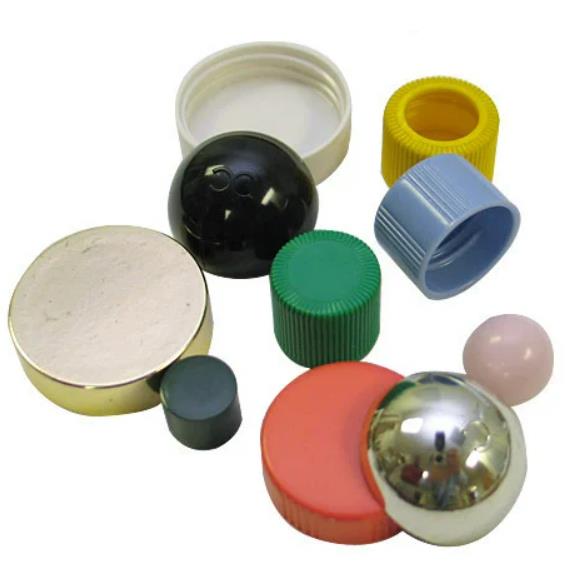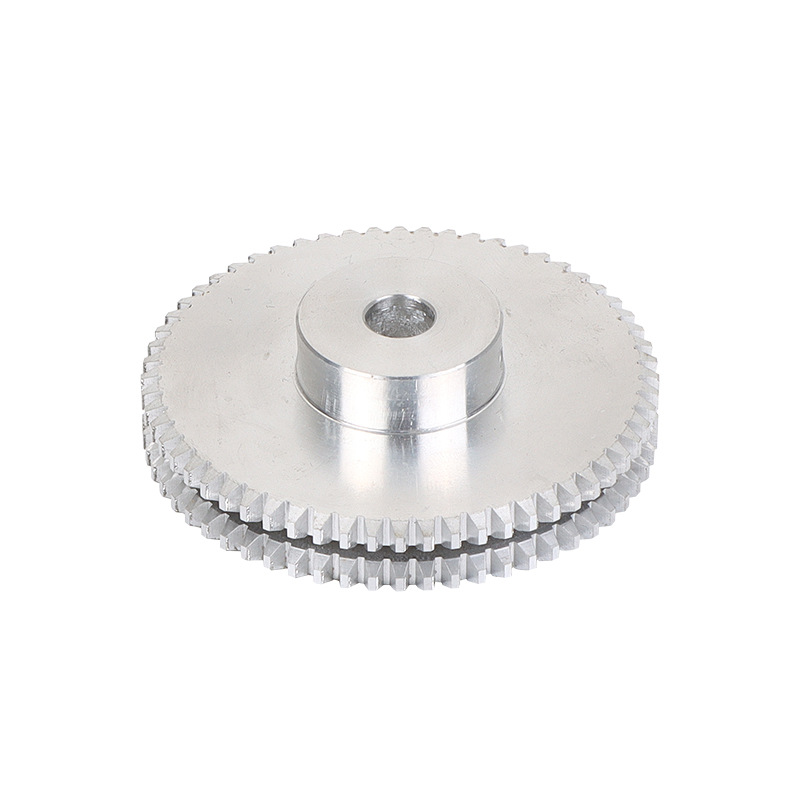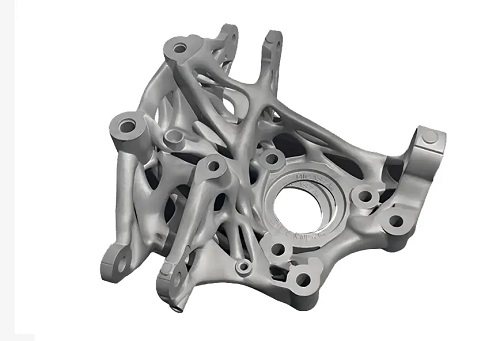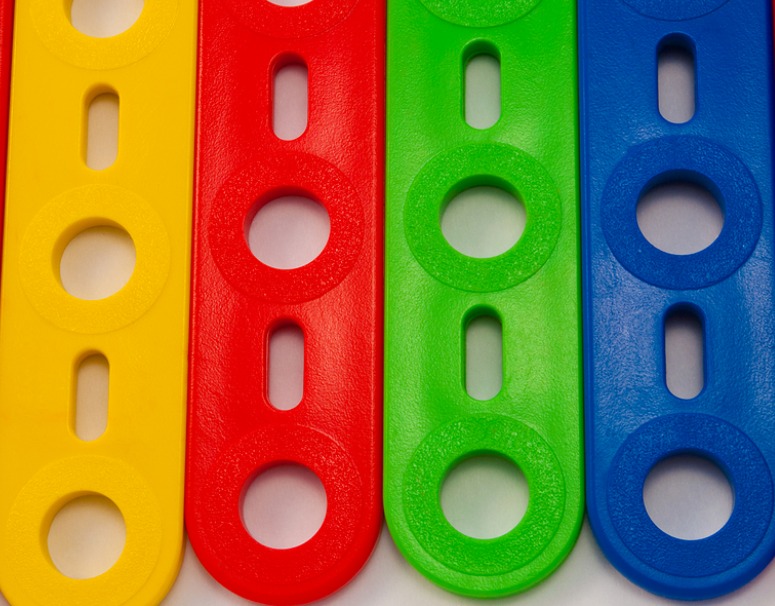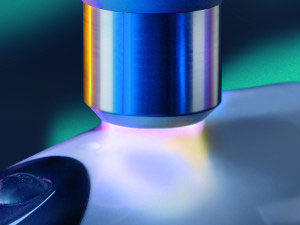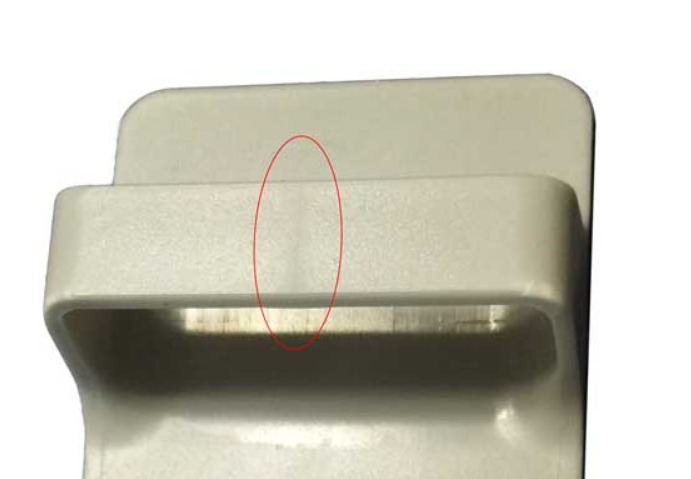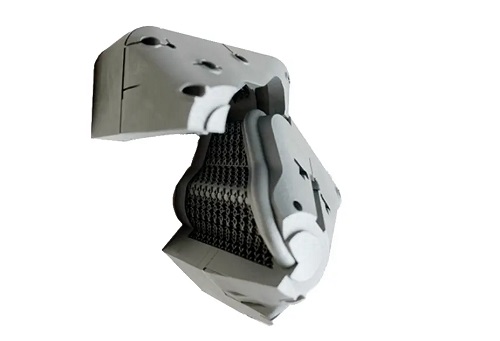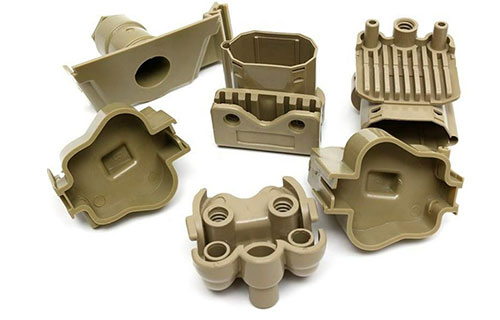Manufacturers across industries grapple with the inefficiencies of traditional painting methods: uneven coatings that require rework, high paint waste from overspray, and inconsistent finishes that harm product quality. A car door might have a visible drip, a metal cabinet could show thin spots prone to rust, or a batch of appliance panels might vary in color—all leading to increased costs and customer complaints. Conventional spray guns waste up to 50% of paint as overspray, harming the environment and raising material expenses. What’s needed is a method that delivers uniform, high-quality coatings while reducing waste and improving efficiency. This is where surface treatment electrostatic spray painting excels. By using electrostatic attraction to bond paint particles to surfaces, it solves these pain points—offering precision, consistency, and sustainability. In this guide, we’ll explore how electrostatic spray painting works, its key processes, properties, and how to leverage it for superior coating results.
Introduction to Electrostatic Spray Painting
Electrostatic spray painting is a specialized coating method that uses electric charge to enhance paint adhesion, efficiency, and quality:
- Definition: Electrostatic spray painting is a process where paint particles are electrically charged and sprayed onto a grounded substrate. The electrostatic attraction between the charged particles and the substrate ensures uniform coverage, reduces overspray, and improves adhesion.
- Historical background: Developed in the 1950s, electrostatic spray painting emerged as a solution to the waste and inconsistency of conventional methods. Early systems were used in automotive factories, but advancements in technology—like lower-voltage guns and better paint formulations—expanded its use to consumer goods, furniture, and industrial equipment by the 1970s.
- Basic principles: The process relies on electrostatic attraction: a high-voltage generator (50-100 kV) charges paint particles as they exit the spray gun. The substrate is grounded, creating an electric field that pulls the charged paint particles toward it, ensuring they wrap around edges and coat even recessed areas.
- Industrial significance: Electrostatic spray painting is used in 80% of automotive body shops, 60% of appliance manufacturing, and 50% of metal furniture production. It reduces paint waste by 30-50% compared to conventional spraying, cutting material costs and lowering environmental impact. The global market for electrostatic spray equipment exceeds $2 billion, driven by demand for efficient, high-quality coatings.
- Environmental considerations: By reducing overspray (from 50% to 10-20% waste), electrostatic spray painting minimizes paint sludge and VOC emissions. Many systems use high-volume low-pressure (HVLP) technology, which further reduces overspray and complies with regulations like the EPA’s 6H rule (limiting VOCs in coatings).
- Comparison with conventional spray painting: Electrostatic spray painting outperforms traditional methods in key areas:
| Feature | Electrostatic Spray Painting | Conventional Spray Painting |
| Paint Transfer Efficiency | 80-90% | 30-50% |
| Overspray | 10-20% | 50-70% |
| Coating Uniformity | Excellent (even coverage) | Variable (prone to drips) |
| Edge Coverage | Superior (wraps around edges) | Poor (thin on edges) |
| VOC Emissions | Low (reduced overspray) | High (more wasted paint) |
Process of Electrostatic Spray Painting
The process of electrostatic spray painting involves several key steps to ensure optimal adhesion, coverage, and quality:
- Pre-treatment: Proper surface preparation is critical. Substrates (metal, plastic, or wood) are cleaned to remove oils, dirt, and rust using degreasers, sanding, or chemical etching. For metal, phosphating or chromating may be used to improve adhesion and corrosion resistance.
- Electrostatic charging: Paint particles are charged as they pass through the spray gun’s nozzle. Corona charging (most common) uses a electrode to ionize the air around the paint, transferring charge to the particles. Triboelectric charging relies on friction between the paint and the gun’s nozzle to generate charge, suitable for water-based paints.
- Spray guns: Two main types are used:
- Corona guns: Use a high-voltage electrode to charge paint, ideal for solvent-based paints and large surfaces like car bodies.
- Triboelectric guns: Charge paint via friction, better for water-based paints and small, detailed parts (e.g., furniture hardware).
- Application process: The charged paint particles are sprayed toward the grounded substrate. The electric field ensures particles are attracted to all areas of the substrate, including edges and recesses, creating a uniform coating (20-50 μm thick).
- Grounding: The substrate must be properly grounded to create the electric field. Poor grounding causes uneven coverage, so conductive hooks or racks are used to ensure a strong electrical connection.
- Curing: After application, the painted part is cured via air drying (for water-based paints), oven baking (120-180°C for solvent-based paints), or UV light (for UV-cured coatings). Curing time ranges from 10 minutes to 2 hours, depending on the paint type.
- Post-treatment: Parts are inspected for defects, with touch-up painting for minor issues. Some applications require a clear topcoat to enhance gloss or durability.
- Safety protocols: Operators wear insulated gloves and footwear to avoid electric shock. Ventilation systems remove paint fumes, and explosion-proof equipment is used in areas with flammable solvents. High-voltage systems include safety interlocks to prevent accidental contact.
Properties of Electrostatic Spray Painted Surfaces
The properties of electrostatic spray painted surfaces make them ideal for high-quality, durable finishes:
- High transfer efficiency: With 80-90% of paint adhering to the substrate, electrostatic spray painting minimizes waste, reducing material costs by 30-50% compared to conventional methods. This efficiency is especially valuable for expensive paints (e.g., metallic or UV-cured formulations).
- Uniform coating: The electric field ensures even thickness (±5% tolerance) across the entire surface, including edges and recesses. This prevents thin spots that could lead to corrosion or wear, critical for automotive and industrial parts.
- Aesthetic appeal: Electrostatic spray painting produces a smooth, drip-free finish with consistent gloss (20-80 GU). Metallic paints achieve a uniform sparkle, and color matching (ΔE <1) ensures batch-to-batch consistency, important for consumer products.
- Corrosion resistance: Uniform coating thickness (20-50 μm) enhances protection against rust and oxidation. Painted metal parts withstand 500+ hours of salt spray testing (ASTM B117), outperforming conventionally painted parts by 20-30%.
- Wear resistance: The even coating resists scratches and abrasion (ASTM D4060), with pencil hardness up to 2H. This makes it suitable for high-use items like appliance handles and furniture.
- Adhesion: Electrostatic attraction improves paint-to-substrate bonding, with adhesion strengths >4 MPa (ASTM D3359). The paint resists peeling even under bending or impact, critical for automotive and industrial applications.
- Color consistency: Controlled application and uniform film thickness ensure color remains consistent across parts and production runs. This is verified using spectrophotometers, with ΔE values <2 for consumer-facing products.
Applications of Electrostatic Spray Painting
Electrostatic spray painting is versatile enough to serve diverse industries, from automotive to furniture:
- Automotive: Car bodies, doors, and trim use electrostatic spray painting for uniform, high-gloss finishes. The process ensures coverage even in hard-to-reach areas (e.g., door jambs), reducing rust and improving durability.
- Household appliances: Refrigerators, ovens, and washing machines rely on electrostatic spray painting for scratch-resistant, easy-to-clean finishes. The uniform coating resists fingerprints and stains, maintaining a like-new appearance.
- Furniture: Metal and wood furniture (chairs, tables, cabinets) use electrostatic spray painting for smooth, even color. It’s ideal for intricate designs, ensuring detailed parts (e.g., chair legs) get full coverage.
- Industrial equipment: Machinery, toolboxes, and metal enclosures use electrostatic spray painting for corrosion and chemical resistance. The uniform coating protects against oils, solvents, and weather, extending equipment life.
- Consumer electronics: Metal casings for laptops, smartphones, and home devices use electrostatic spray painting for sleek, durable finishes. The process achieves thin, uniform layers (20-30 μm) that maintain precise part dimensions.
- Pipes and fittings: Metal pipes and valves use electrostatic spray painting to resist corrosion from water, chemicals, and soil. The even coating prevents pinholes, reducing leaks and maintenance costs.
Equipment and Materials for Electrostatic Spray Painting
Specialized equipment and materials are essential for effective electrostatic spray painting:
- Spray guns: Electrostatic spray guns (corona or triboelectric) deliver paint with precise charge control. HVLP electrostatic guns combine high volume with low pressure to reduce overspray further, ideal for furniture and automotive applications.
- Charging systems: High-voltage generators (50-100 kV) power the charging mechanism. Modern systems include digital controls to adjust charge intensity, ensuring compatibility with different paint types (solvent-based, water-based, UV-cured).
- Paint formulations: Paints must be conductive enough to hold a charge. Solvent-based paints (e.g., alkyds, enamels) work well with corona guns, while water-based paints (acrylics, latex) are better suited for triboelectric guns.
- Curing ovens: Convection ovens (120-180°C) cure solvent-based paints, while UV curing systems use ultraviolet light for fast-drying (1-5 minutes) coatings. Infrared ovens are used for parts with complex geometries.
- Spray booths: Enclosed booths with filtered ventilation contain overspray and fumes. They include exhaust systems to remove VOCs and may have reclaim systems to capture excess paint for reuse.
- Grounding equipment: Conductive hooks, racks, and tables ensure the substrate is properly grounded. Grounding cables and clamps with low resistance (<1 ohm) prevent charge buildup and ensure uniform coating.
- Quality control equipment: Dry film thickness gauges (magnetic or eddy current) verify coating thickness, while gloss meters and spectrophotometers check finish and color consistency. Adhesion testers (cross-cut kits) ensure proper bonding.
Quality Control and Maintenance in Electrostatic Spray Painting
Rigorous quality control and maintenance ensure consistent, high-quality results:
- Surface preparation checks: Verify cleanliness using the water break test (no beading indicates clean surface) and profile measurement (sanding creates 20-50 μm roughness for better adhesion). Poor preparation causes 70% of coating failures.
- Coating inspection: Visual checks identify defects like pinholes, orange peel, or uneven color. Dry film thickness is measured at 5-10 points per part, ensuring it stays within 20-50 μm (±5% tolerance).
- Adhesion testing: The cross-cut test (ASTM D3359) rates adhesion from 0 (excellent) to 5 (poor). Samples are also subjected to impact testing (ASTM D2794) to ensure paint resists chipping.
- Color consistency: Spectrophotometers measure ΔE values, with batches rejected if ΔE >2. Light booths (D65 daylight) are used for visual color checks, ensuring consistency under different lighting conditions.
- Equipment maintenance: Spray guns are cleaned daily to prevent clogs; nozzles are replaced every 1,000 hours to maintain spray pattern uniformity. High-voltage generators are calibrated monthly to ensure stable charge output (±5 kV).
- Defect correction: Pinholes are filled with touch-up paint; orange peel is fixed by adjusting gun distance or paint viscosity. Root-cause analysis (e.g., poor grounding causing uneven coverage) prevents recurrence.
- Quality standards: Compliance with ISO 9001 (quality management) and ASTM D823 (standard practice for spraying paints) ensures performance. Automotive clients often require IATF 16949 certification.
Yigu Technology’s Perspective
As a leading custom manufacturing supplier in China, Yigu Technology specializes in electrostatic spray painting for automotive, appliance, and consumer goods clients. Our automated lines use HVLP electrostatic guns with 85-90% transfer efficiency, reducing waste and costs. We offer solvent-based and water-based paints with custom color matching (ΔE <1) and strict thickness control (20-50 μm). Our quality control includes 100% thickness checks and adhesion testing, ensuring coatings meet 500+ hours of salt spray resistance. With energy-efficient curing ovens and VOC-compliant processes, we balance performance and sustainability. Electrostatic spray painting’s precision makes it ideal for complex parts, and we tailor solutions to each client’s needs—from high-gloss automotive finishes to textured industrial coatings.
FAQs
- Can electrostatic spray painting be used on plastic parts?
Yes—with proper pre-treatment (e.g., corona discharge or flame treatment to increase surface energy), electrostatic spray painting works on plastics like ABS, polypropylene, and nylon. Special conductive primers may be used to enhance charge attraction.
- What is the ideal humidity for electrostatic spray painting?
Humidity between 40-60% is optimal. Low humidity (<30%) increases static buildup, causing uneven coating, while high humidity (>70%) reduces charge efficiency and slows curing. Climate-controlled spray booths maintain this range.
- How does electrostatic spray painting handle complex part geometries?
The electric field pulls paint particles into recesses and around edges, ensuring uniform coverage. For highly complex parts (e.g., machinery with internal channels), multiple guns at different angles are used, often with robotic systems for precision.
